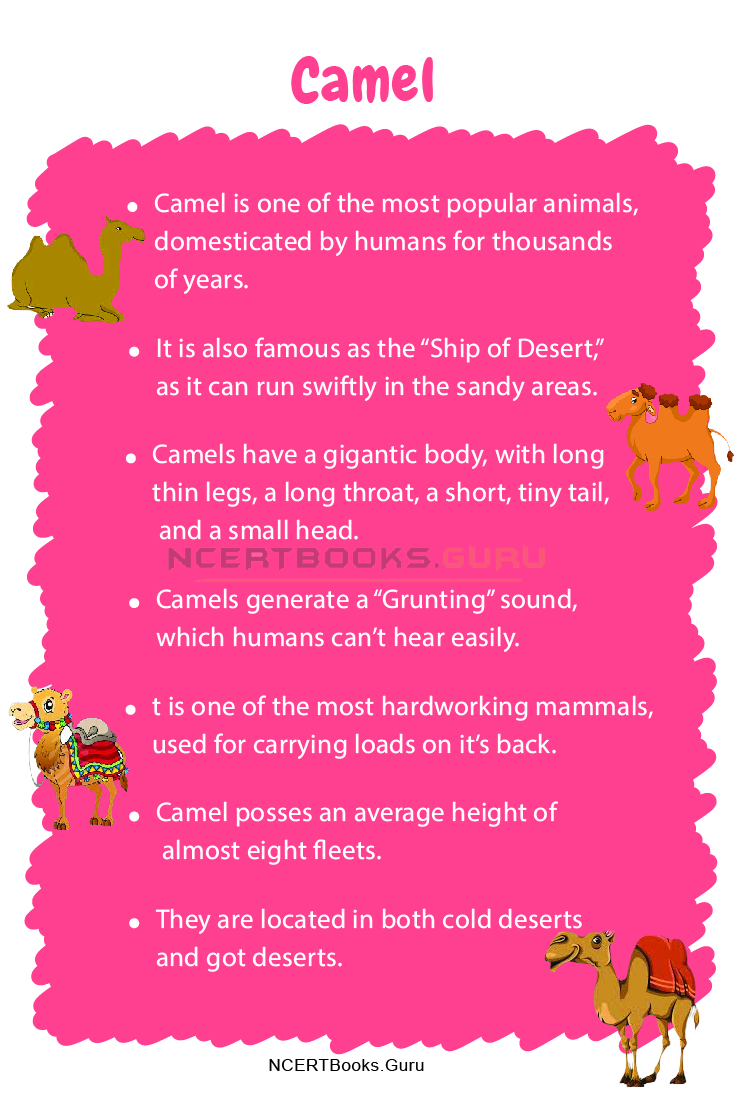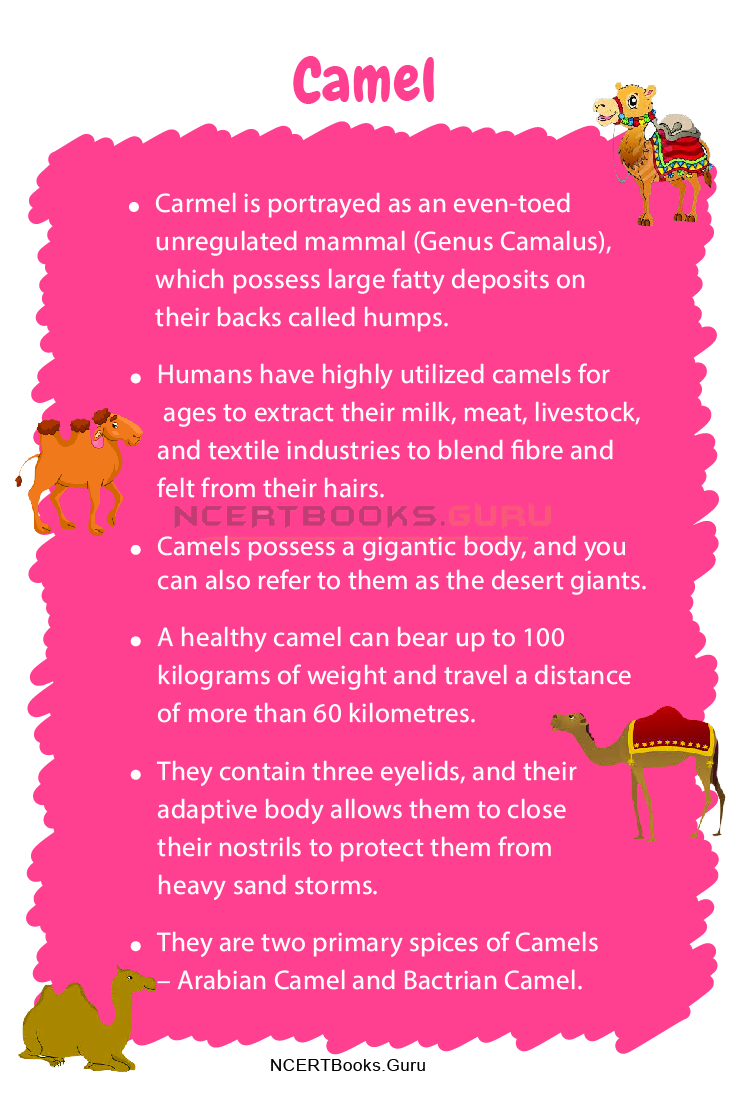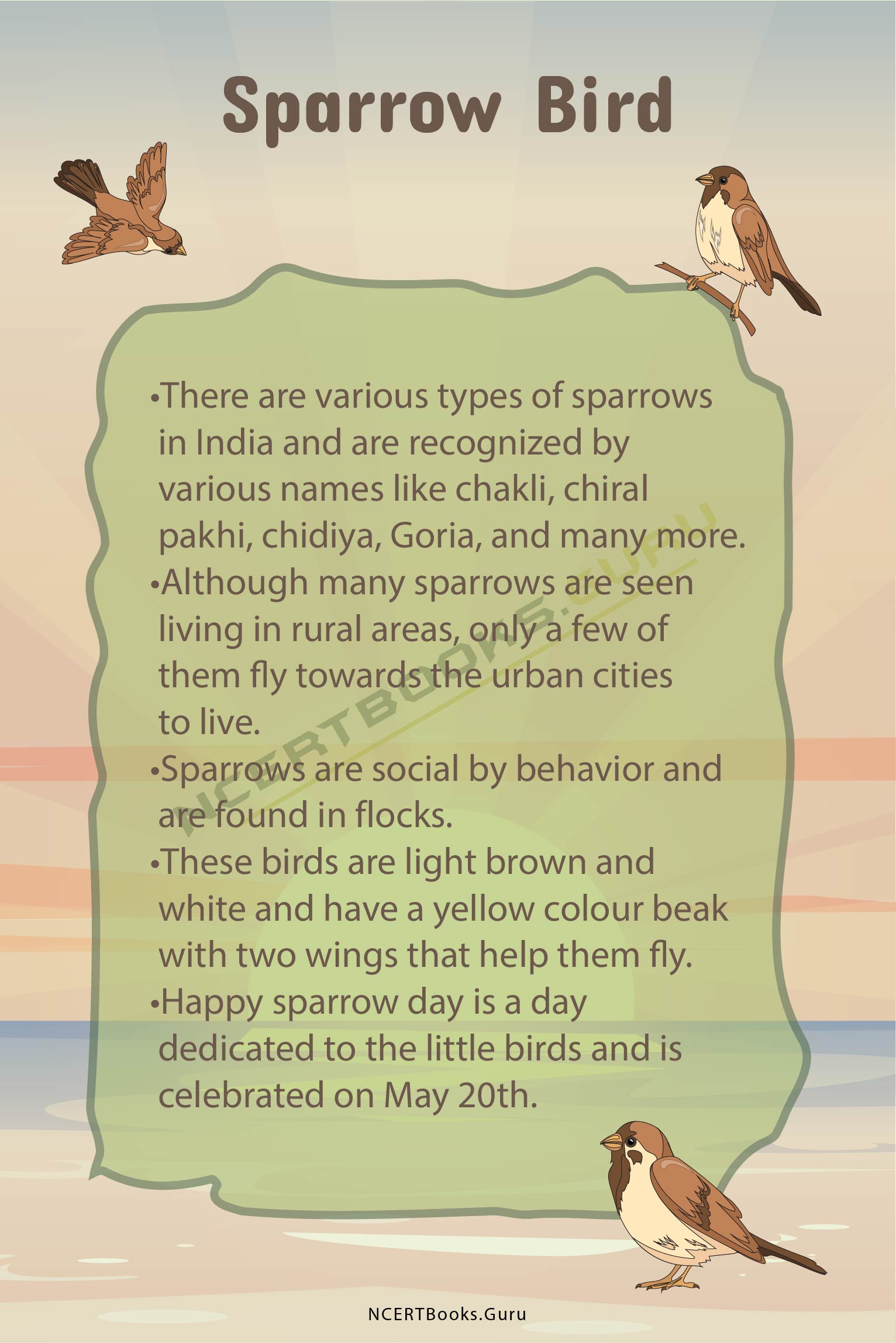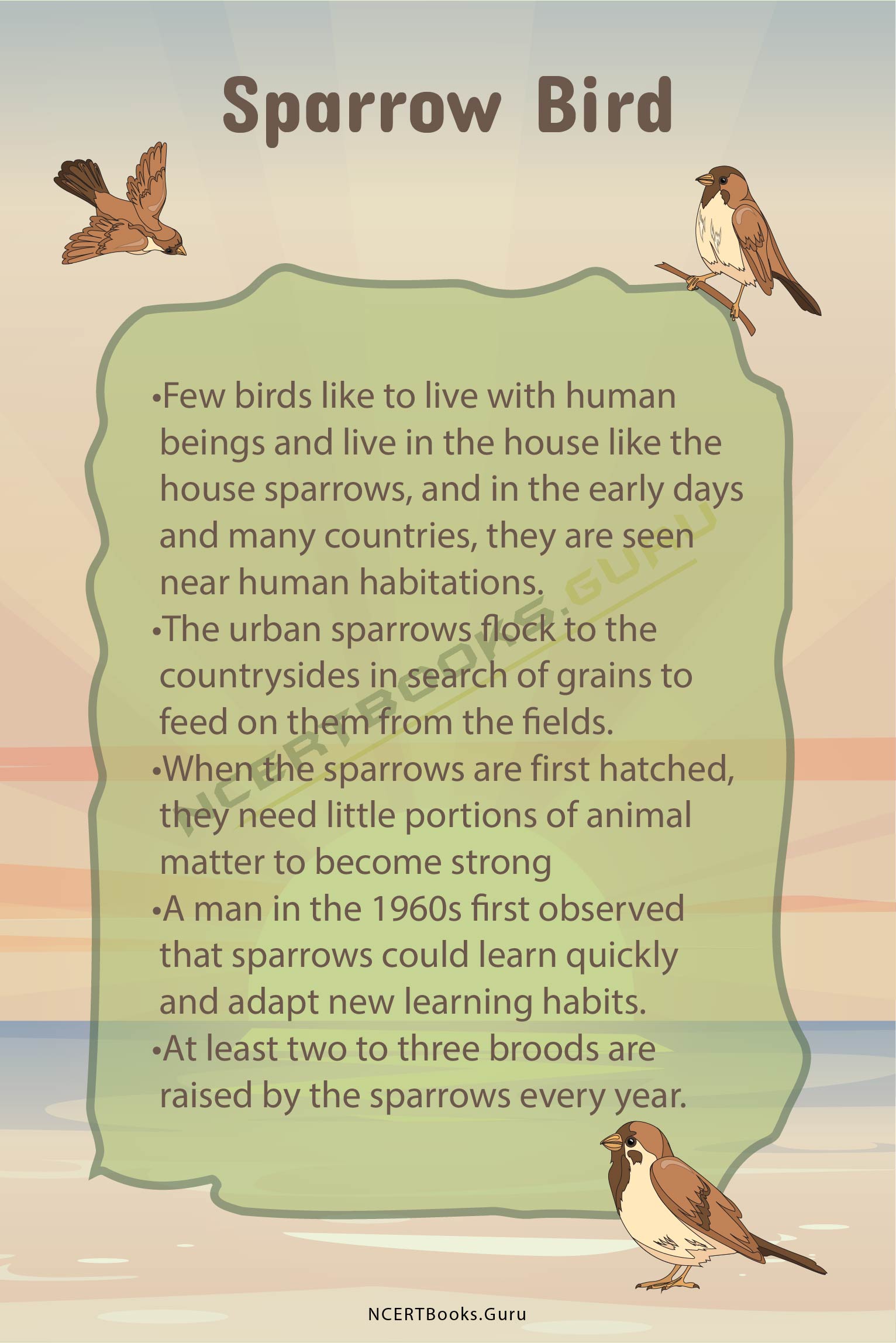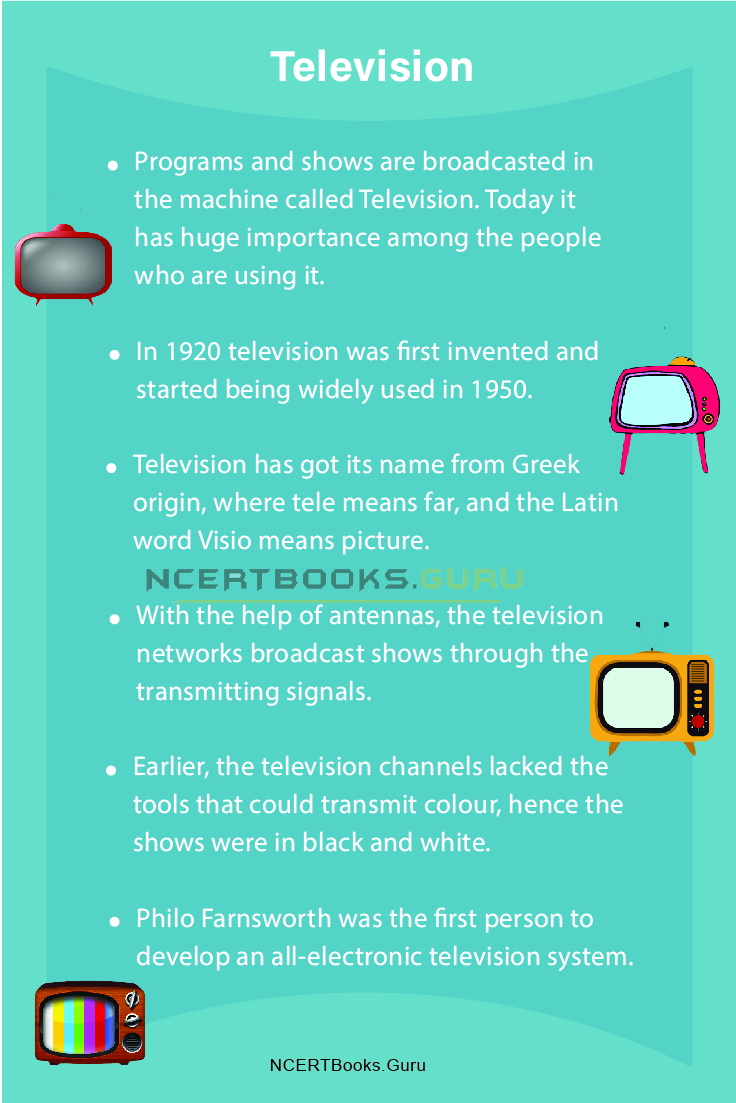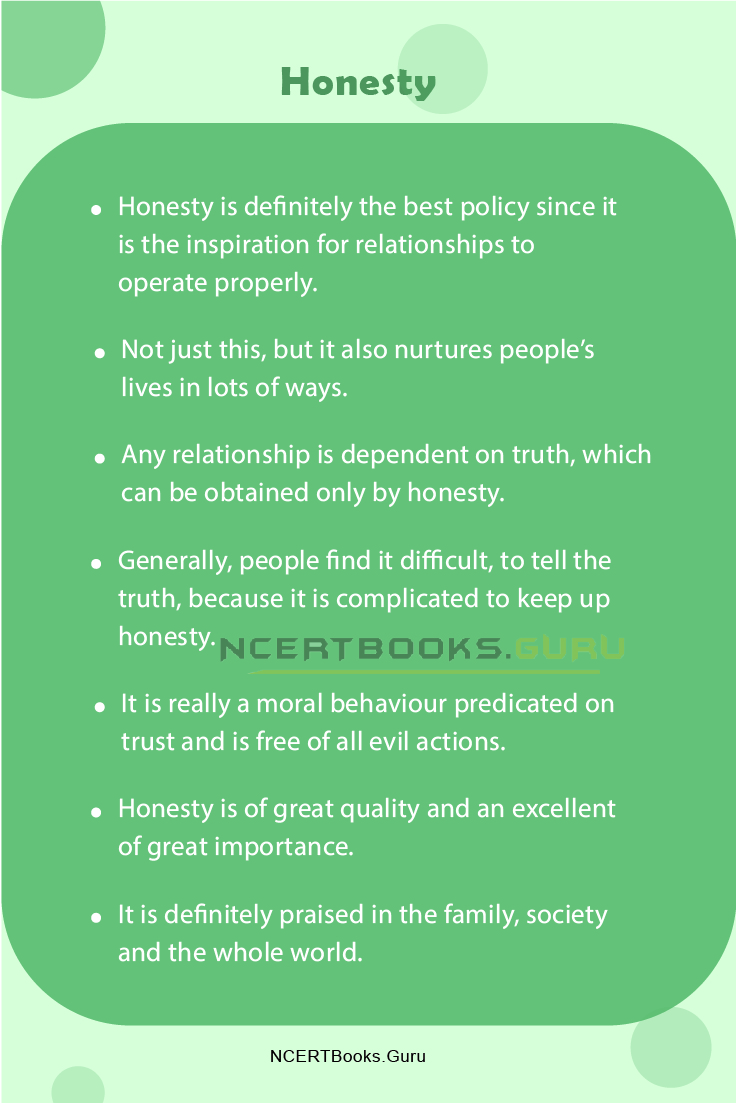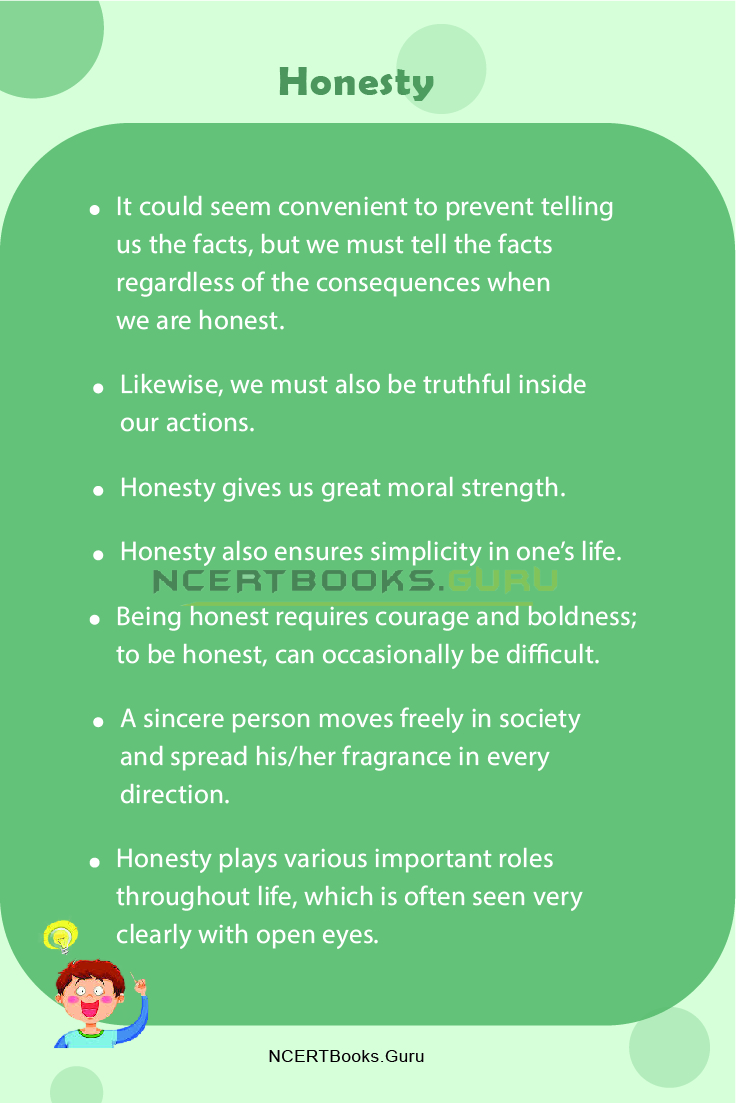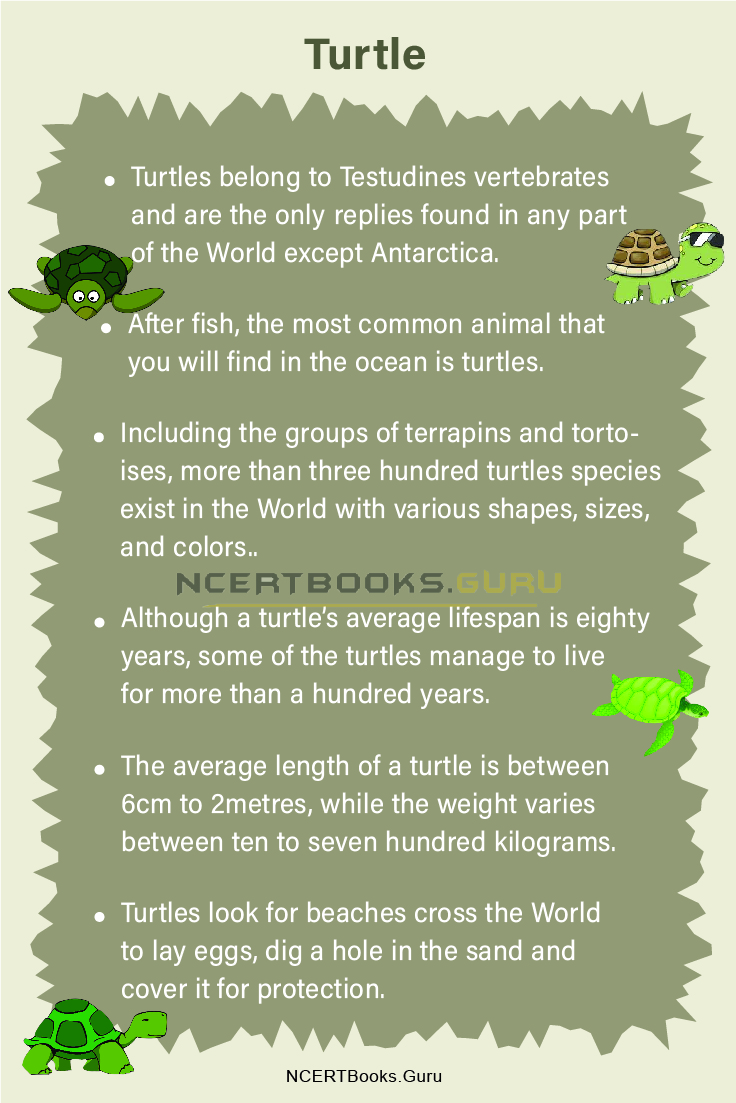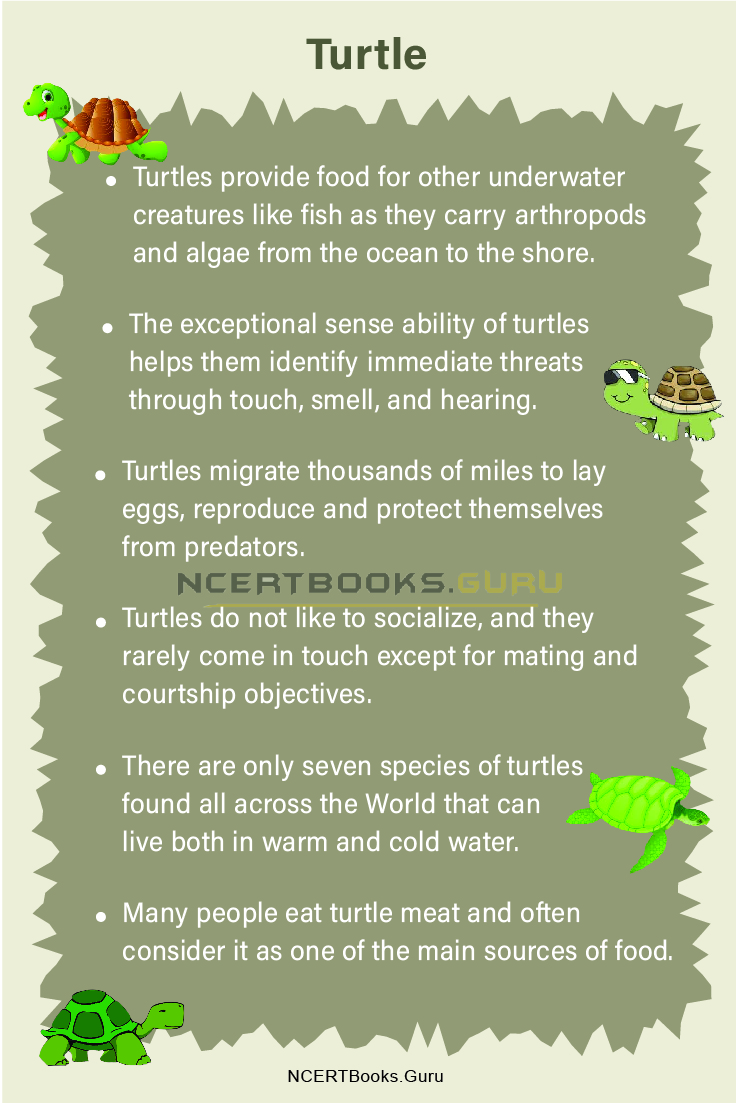10 Lines on Hindi Diwas: Hindi Diwas is celebrated annually on the 14th of September every year. It is majorly celebrated in the northern regions of India to observe the recognition and adoption of the Hindi language as one of the national languages of our country. The Hindi language is written in the Devanagari script and is recognized as one of the two official languages of the Republic of India. This title was awarded to the language by the constituent assembly of India. Currently, Hindi is the first language of more than 250 million Indians.
Set 1 – 10 Lines on Hindi Diwas for Kids
Set 1 is helpful for students of classes 1, 2, 3, 4 and 5
- Hindi Diwas is celebrated every year on 14th September.
- On this day we celebrate the national language of our country.
- This day is mainly celebrated in the northern part of the country.
- The Hindi language is written in the Devanagari script.
- The Hindi language is spoken by millions of people in our country.
- Hindi Diwas emphasizes the importance of our nation’s national language.
- People wear Indian ethnic clothes on this day.
- On this day, schools conduct competitions for kids.
- These competitions include writing and speaking tasks.
- Celebrating Hindi Diwas is a proud day for Indians.
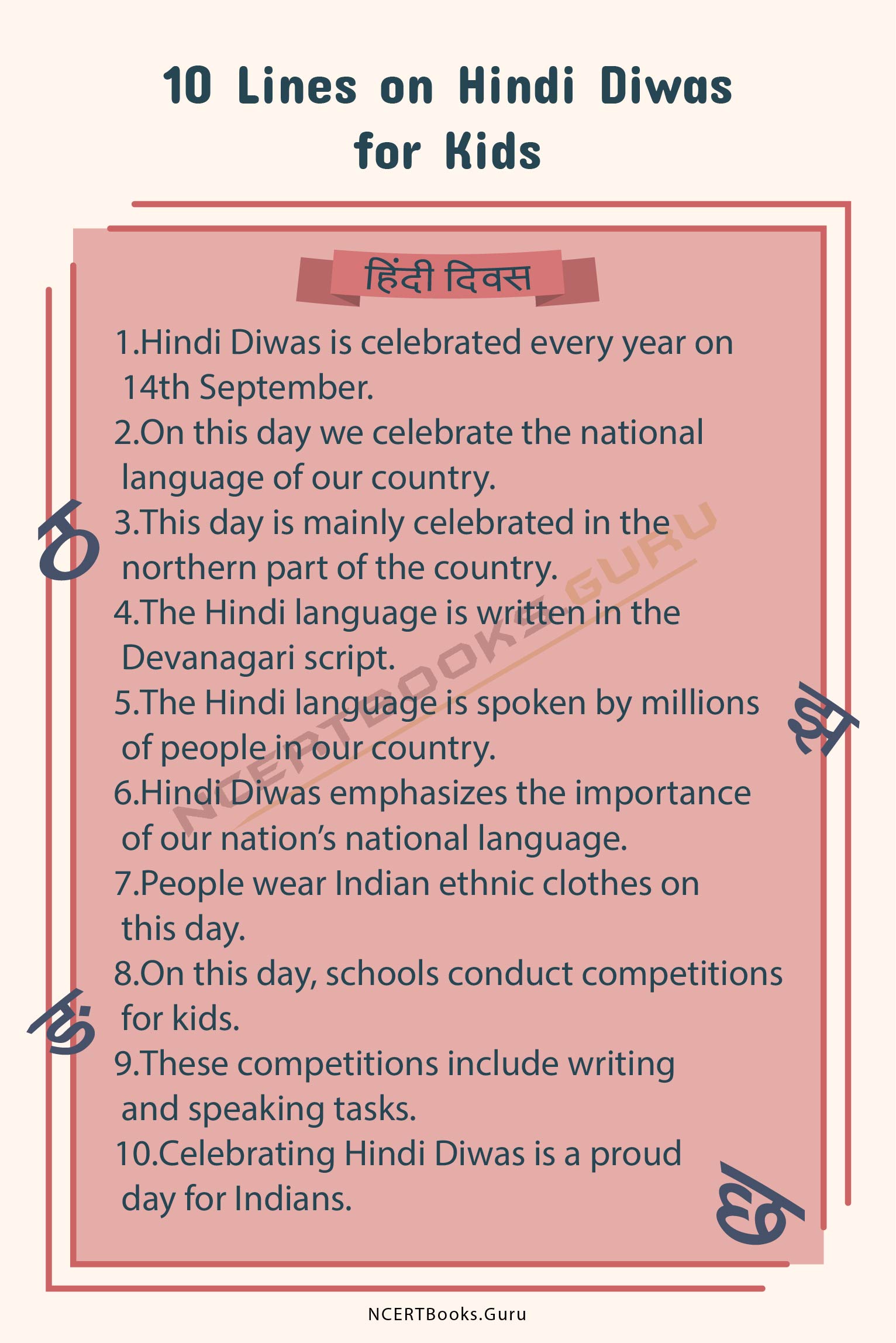
Set 2 – 10 Lines on Hindi Diwas for School Students
Set 2 is helpful for students of Classes 6, 7 and 8:
- Hindi Diwas is annually celebrated on the 14th of September in India.
- This day is celebrated to recognize the officiating of the Hindi language as one of India’s national languages.
- This day is predominantly celebrated in the northern region of the country.
- Hindi was adopted as the official language of India on September 14th, 1945.
- Hindi is written in the Devanagari script and is spoken today by more than a quarter-million people in India.
- On this day, schools, offices and colleges celebrate and rejoice with immense enthusiasm.
- Schools organize Hindi language competitions.
- These competitions include Hindi story writing, Hindi poetry recitation, and Hindi drama.
- People all over the northern regions of India dress up in traditional Indian clothes.
- This day emphasizes the importance of having an original and native national language.
Set 3 – 10 Lines on Hindi Diwas for Higher Class Students
Set 3 is helpful for students of Classes 9, 10, 11, 12 and Competitive Exams
- Hindi Diwas is celebrated annually on 14th September in India.
- This day marks the declaration of the Hindi language as the official language of our country by the constituent assembly of India.
- Hindi was adopted as the official language of the Indian Republic on 14th September 1949 by the constituent assembly of India.
- This day is predominantly celebrated in North India as a majority of Indians speak Hindi as their first language in the north than anywhere else in the country.
- This day is widely celebrated in schools to teach students the importance of our national language.
- schools organize compilations like Hindi story writing, Hindi poetry writing, and Hindi plays to make this day fun for kids.
- This day is also celebrated in colleges and offices.
- The main part of the celebration in offices and colleges being people dressing up in ethnic Indian clothes rather than their western counterparts.
- This day is very important as it reminds the people of today the importance of the Hindi language, in a world where it is not given enough importance and attention due to the widespread use of the English language.
- Hindi Diwas also instills an absence of patriotism in the hearts of the young and juvenile.

FAQ’s on 10 Lines on Hindi Diwas
Question 1.
When is Hindi Diwas celebrated?
Answer:
Hindi Diwas is celebrated on 14th September.
Question 2.
What is the significance of celebrating Hindi Diwas?
Answer:
The celebration of Hindi Diwas marks the adoption of Hindi language in spoken and written (Devanagari) as an official language of India.
Question 3.
Where is Hindi Diwas majorly celebrated?
Answer:
Hindi Diwas is majorly celebrated in the parts of the northern region of India.
Question 4.
How do people celebrate this day?
Answer:
This special day is celebrated across schools, universities and other institutes by organizing essay competitions, debates and plays in the Hindi language.


